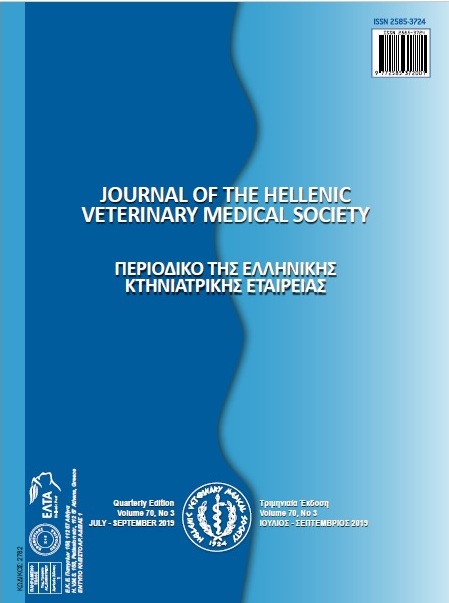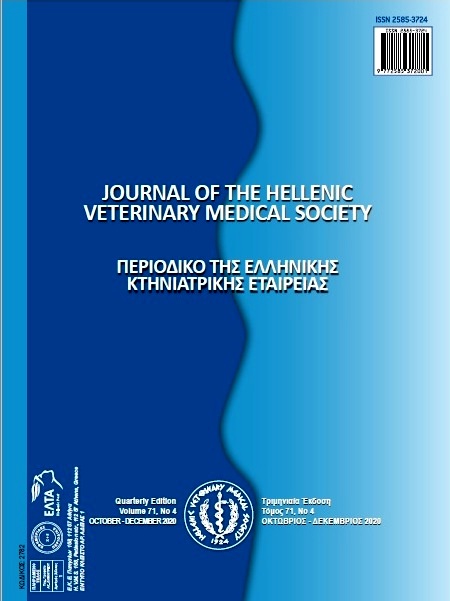Molecular analysis of Peste des Petits Ruminants Virus from outbreak in Turkey during 2010-2012

Abstract
The aim of the study is to determine the epizootiology of Peste des petits ruminants (PPR) in Turkey during 2010-2012, using molecular genotyping. Samples of blood (n=193), swab (n=7) and tissue (n=374) were collected from sheep (n=473) and goats (n=101) suspected of having PPRV infection from an outbreak in 50 provinces of Turkey during 2010–2012. These samples (n=574) were tested using reverse transcription polymerase chain reaction (RT-PCR) and real-time reverse transcription
polymerase chain reaction (RT-qPCR) targeting selected parts of the fusion (F) and the nucleocapsid (N) genes. Positivity ratios were 35.5%, 39.3%, and 44.4% with regards to RT-PCR targeting the F and the N genes, and RT-Qpcr targeting the latter gene (N), respectively. The overall positivity rate was 45.8%. For sequence analyses, F-gene (n=53) and N-gene (n=60) positive samples representing different provinces were selected. After phylogenetic analysis, the circulating PPRV was located in lineage IV according to two gene regions. The F-gene partial sequence analysis at the nucleotide level showed 98.2-100% resemblence among 53 for F-gene, and 97.9-98.9% and 91.3-92.4% to Turkey2000 and Nigeria75/1 sequences, respectively. The N-gene partial sequence analysis at the nucleotide level showed 94.2-100% resemblence among 60 for N-gene, and 94.2-98.3% and 89.3-90.9% to Turkey2000 and Nigeria75/1 sequences, respectively. The result of this study indicates that PPRV infection is enzootic in Turkey, and belongs to the lineage IV, which is present in three haplogroup. The phylogenic analysis indicates the spread of the virus is associated with unauthorized movement of stock.
Article Details
- How to Cite
-
SAIT, A., & DAGALP, S. (2019). Molecular analysis of Peste des Petits Ruminants Virus from outbreak in Turkey during 2010-2012. Journal of the Hellenic Veterinary Medical Society, 70(3), 1617–1624. https://doi.org/10.12681/jhvms.21784
- Issue
- Vol. 70 No. 3 (2019)
- Section
- Research Articles

This work is licensed under a Creative Commons Attribution-NonCommercial 4.0 International License.
Authors who publish with this journal agree to the following terms:
· Authors retain copyright and grant the journal right of first publication with the work simultaneously licensed under a Creative Commons Attribution Non-Commercial License that allows others to share the work with an acknowledgement of the work's authorship and initial publication in this journal.
· Authors are able to enter into separate, additional contractual arrangements for the non-exclusive distribution of the journal's published version of the work (e.g. post it to an institutional repository or publish it in a book), with an acknowledgement of its initial publication in this journal.
· Authors are permitted and encouraged to post their work online (preferably in institutional repositories or on their website) prior to and during the submission process, as it can lead to productive exchanges, as well as earlier and greater citation of published work.



